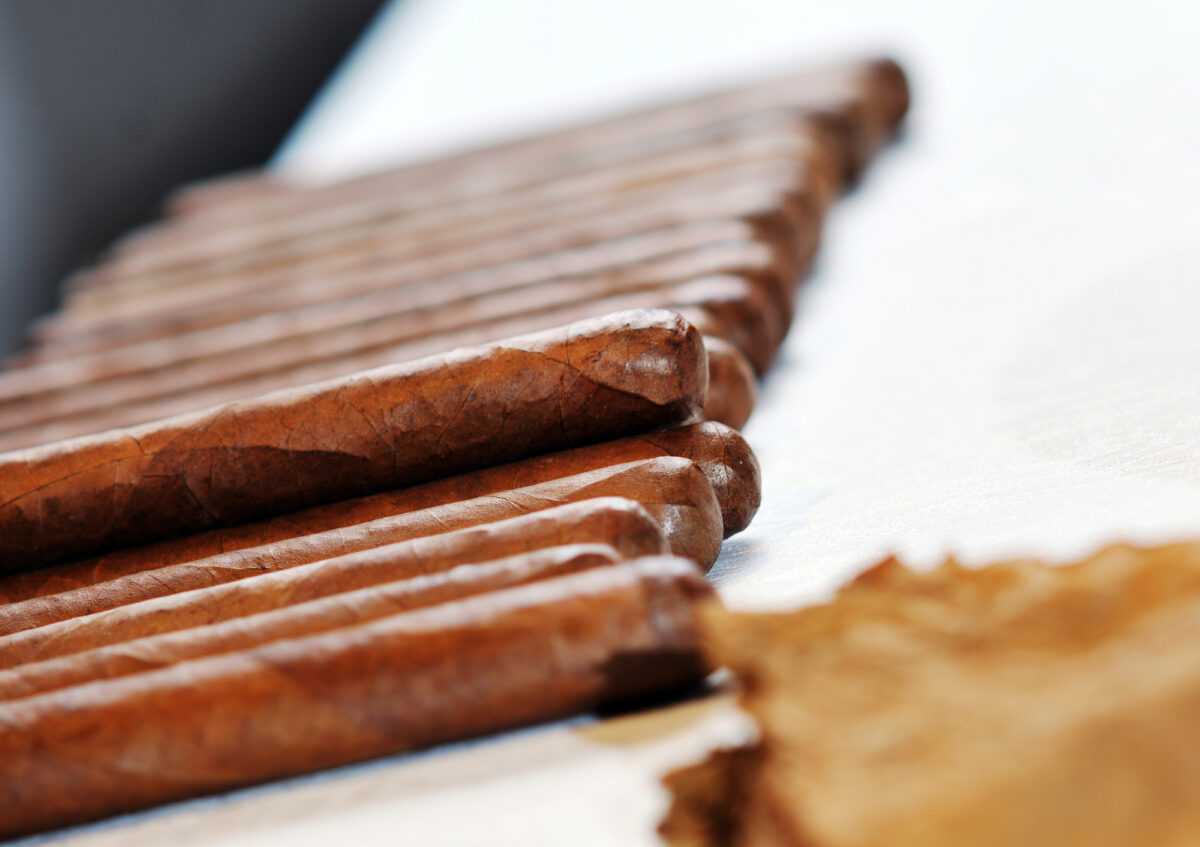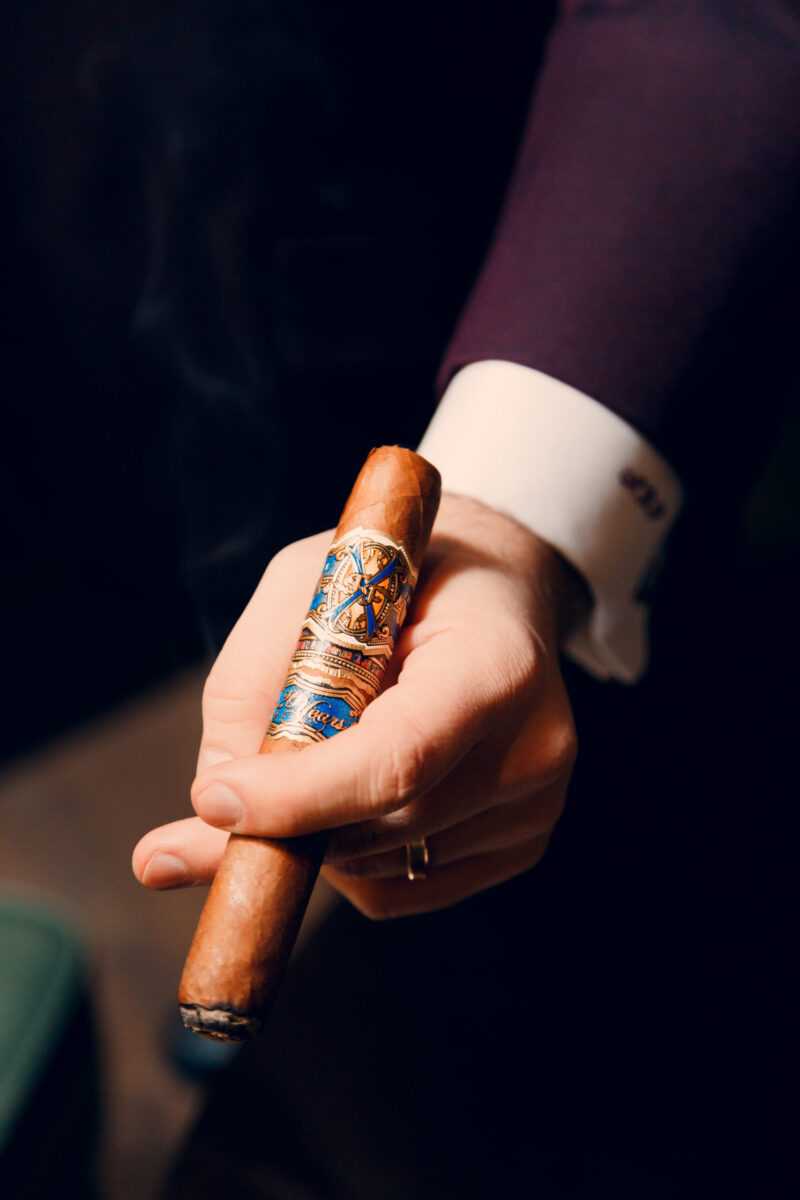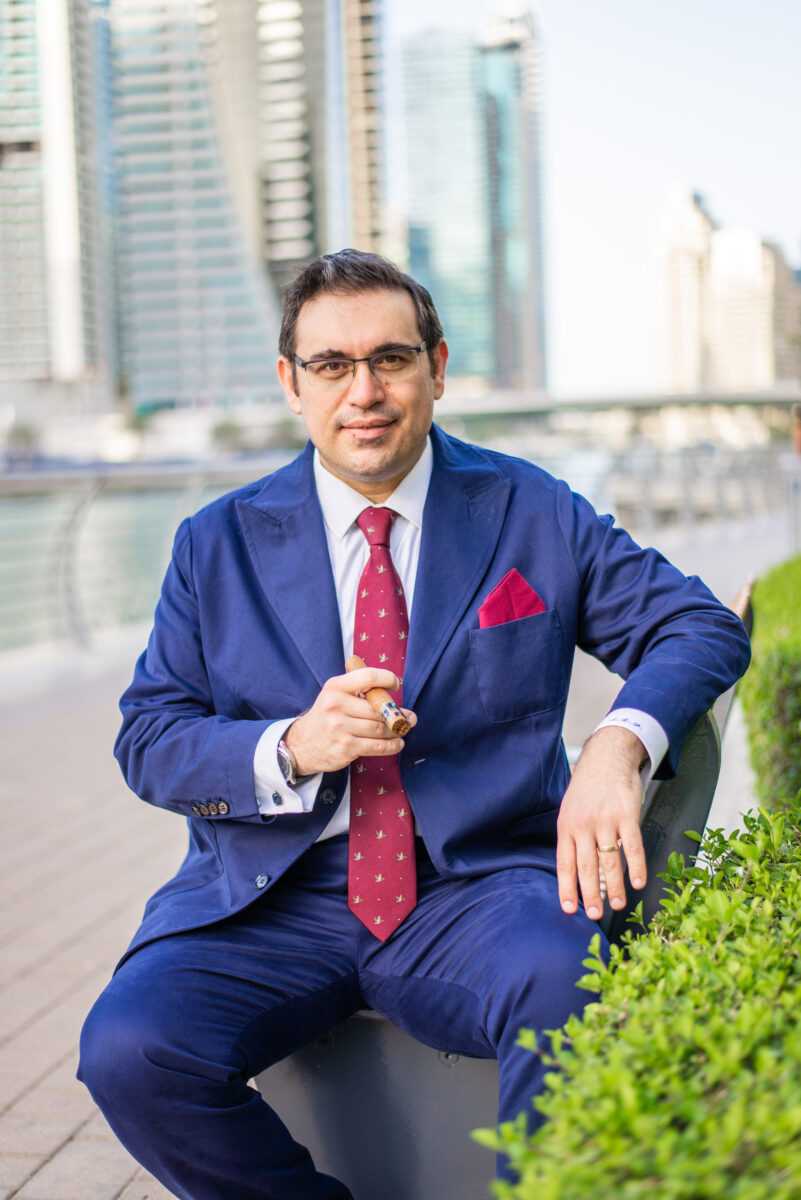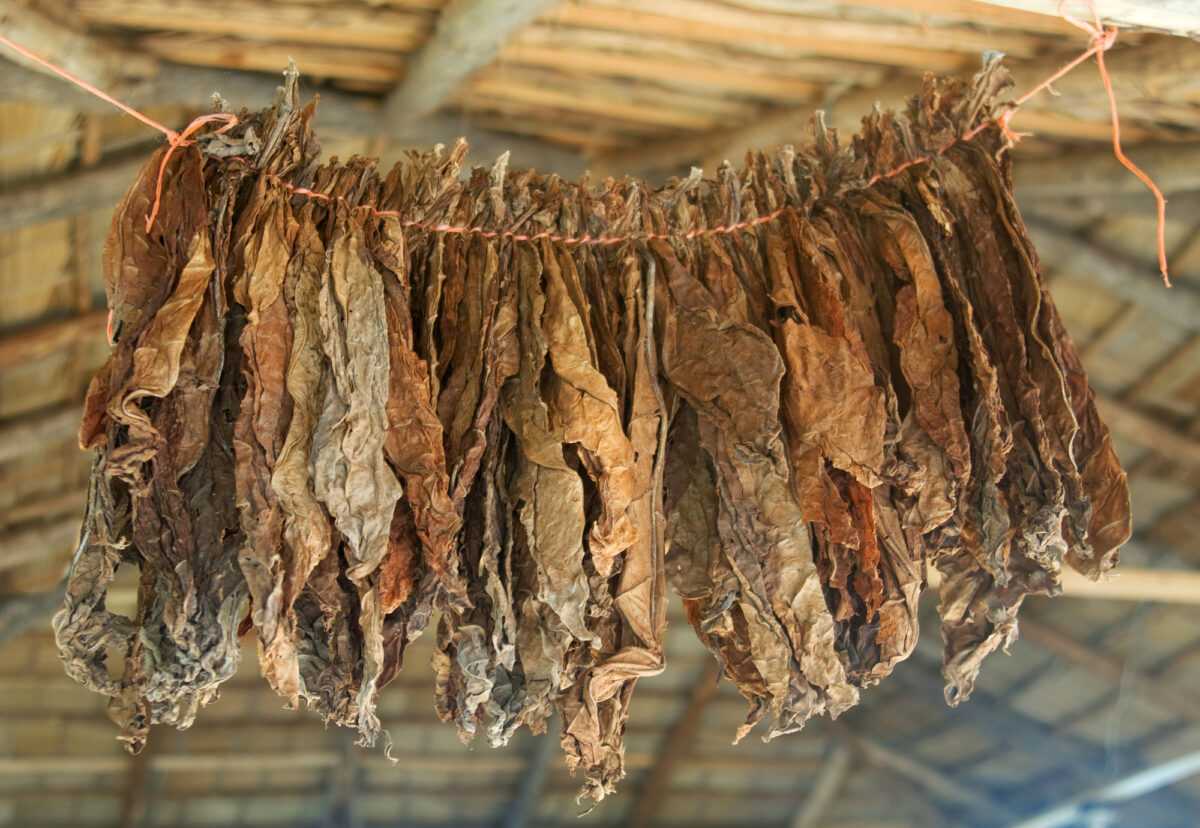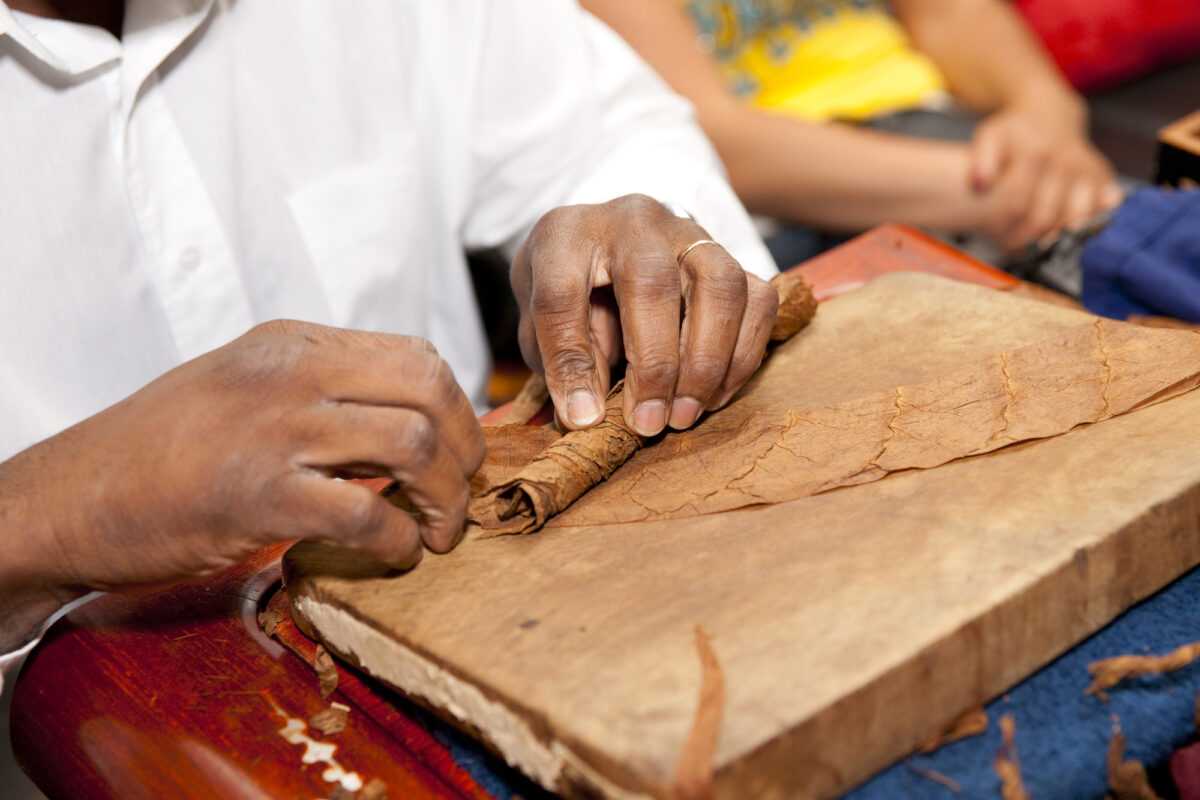Initially, Cuba was the main source of tobacco. Nowadays, it is cultivated in many other countries as well. As some of you already know, I am a big fan of cigars made from Cuban, Dominican or Nicaraguan tobacco. In this article, I would like to highlight the unique flavours of each tobacco and tell you how cigars are actually made.
Cigar tobacco growing countries
Cuba
This country is the motherland of cigar production. All premium smokes are guided by the traditions of Cuban cigars. The tobacco growing industry is concentrated on the western side of the island. If the crop is right, the leaves are very elastic which makes them perfect for cigar rolling. The tobacco leaves grown in Cuba are generally strong and full-bodied. They feature many complex flavours, including spicy and aromatic. Romeo y Julieta, Montecristo and Cohiba cigars contain Cuban tobacco.
Dominican Republic
Due to the Cuban revolution in 1959, many cigar makers escaped to neighbouring countries. Using Cuban seed varieties, the Dominican Republic became a strong centre of cigar manufacturing. Nowadays, some of the world’s best cigars come from Santiago. The Dominican tobacco is considered to be a little less strong than Cuban, but still full of flavour. It is typically used in complex blends. Such big names as Davidoff and Arturo Fuente come from the Dominican Republic.
Nicaragua
Nicaragua has a rich history of cigar making, but only in the last decade, many people accepted that Nicaraguan cigars are great as well. Among the highly-rated cigars are La Aroma de Cuba, Oliva, San Cristobal, Padrón, My Father. The leaves from Nicaraguan tobacco plants are generally robust and spicy, they often present complex notes.
Cigar making process
Generally, the process of making cigars is the same everywhere. Each cigar requires three kinds of leaves. Small or broken leaves become the filler, whole leaves are used for the binder and the wrapper. The whole leaves for the binder can be imperfect or second quality, but the wrapper leaf has to be perfect. Some cigars contain tobacco only from one region, some may be wrapped in a leaf from one region but filled with leaves from another.
Cultivation
Tobacco plants are first seeded indoors and then transplanted into a field after six to ten weeks. In the field, plants take about two months to mature. During this period, plants are carefully pruned; they remain covered and protected from the sun.
Curing
After harvesting, the leaves must be cured in order to develop their own unique aroma. The tobacco leaves are cured once they have passed from bright green to dried brown or yellowish. To cure, the plants are hung on narrow strips of wood called laths, which are suspended from the ceiling in a big well-ventilated curing barn. In dry and hot weather, they may cure simply by remaining hung up. However, tobacco leaves can also be flue-cured in a small heated barn. In this case, the leaves must be carefully monitored in order to prevent damage caused by rapid drying.
Fermentation
Once the process of curing is complete, the leaves are sorted by size and colour. Then leaves are tied into bundles, each of them can contain up to fifteen leaves. These bundles are stored in large casks or boxes, where they remain for a period of from several months to five years. During this time, leaves undergo chemical changes called fermentation. When fermenting, the aroma and taste of the leaves develop. After the process is finished, the leaves are sorted again.
Stripping
The filler leaves must not have the main stem, otherwise, the cigar won’t burn evenly. The stem can be removed manually or by machine. The stripped leaves are then stored for further fermentation. Before the leaves are ready for rolling, they must be steamed to restore lost humidity. After that, they are sorted again.
Rolling by hand vs. machine rolling
Cigars rolled by hand are the best, but it may take years to become good in it. The filler must be packed evenly and the wrapper must be wound in an even spiral around the cigar. First, a worker picks several leaves for the filler. One is placed on top of another and then rolled into a bunch. After, the roller will put the bunch on the binder leaf and roll it cylindrically around the filler. Such unfinished cigars are then placed in a wooden mould that will hold them in shape until the wrapping. Wrapping is the most difficult step. A worker trims off any filler irregularities with a special knife and rolls the wrapper leaf around the binder three and a half times. Then, he cuts a small round piece out of another wrapper leaf and attaches it to the end of the cigar with special paste.
However, most of the cigars today are made by machine. Some machines require several workers. Workers place tobacco leaves when needed; the machine bunches the fillers leaves, cuts the binder to the proper size, rolls it around the filler and rolls the wrapper around the binder. Then examiner checks the cigars for any imperfections. The cigars which pass the inspection will be banded and wrapped.

He uses to dedicate part of his life to inspire others and help them achieve the most out of their lives. Since he was 20, he had successfully founded and managed several companies operating in the field of management consulting, wealth management and fintech. He is Member of Institute of Directors in London, Member of Changer Club in Riga, Member of Fintech Association of Hong Kong, Member of Singapore Fintech Association, Member of Non Executive Director Association in London and Member of Alumni Network of Draper University in San Francisco. He loves travelling, he is a cigars lover, an amateur golfer and a dapper man.
DO YOU NEED MY TEAM HELP?
Please write me an email with your specific case, my team will be more than happy to help you to find the best solution for your business need or to advice and support you to start a new business venture.
Contact me
DO YOU WANT TO JUMP INTO A ONE-ON-ONE CALL WITH ME?
Take your chance to learn from who have done most of the stuff he is talking about for himself and he knows what works – and what doesn’t – in the real world.
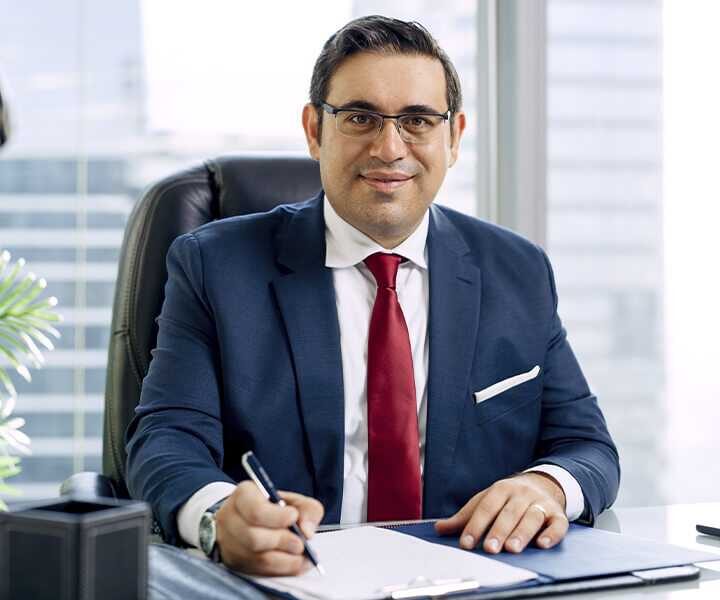
Book a Wake Up Call with me, if you are moving the first steps in the business world and you wish to learn how to get started!
Wake up callBook a Check Up Call with me, if you are already in business and you wish to check up your business and leverage my experience to improve your structure or expand your business.
Check up call
